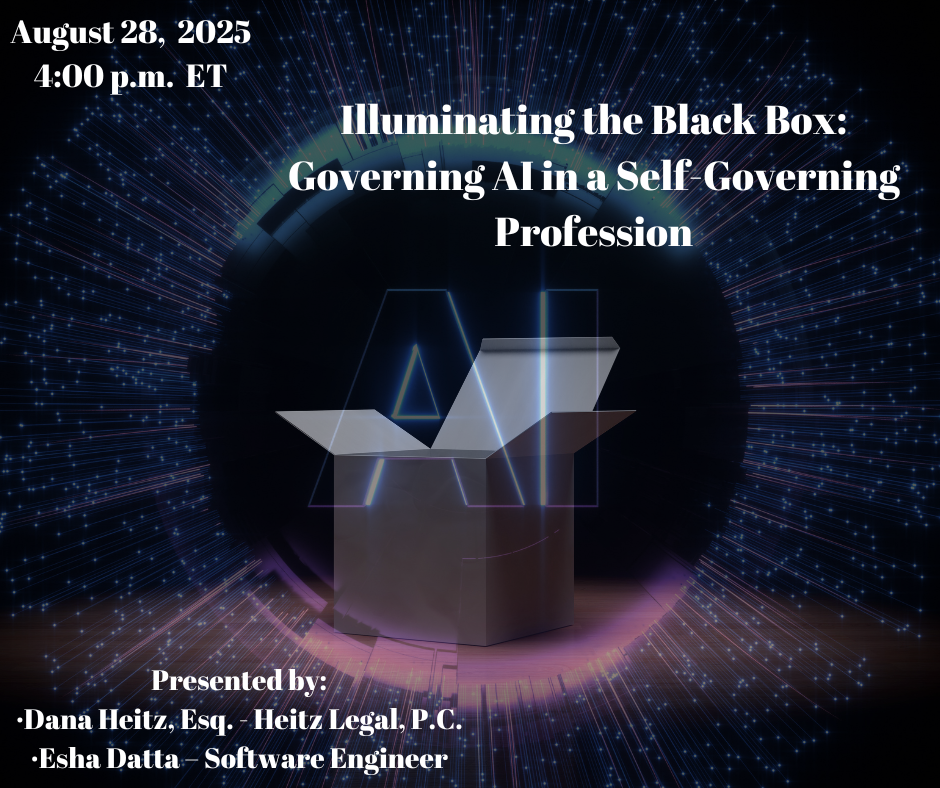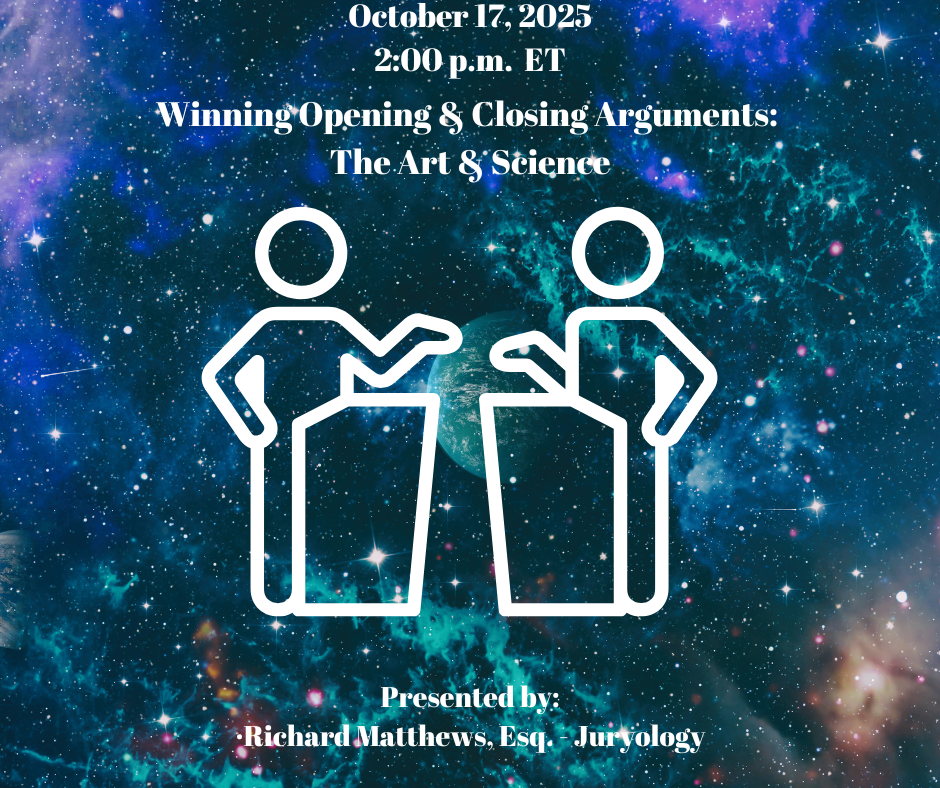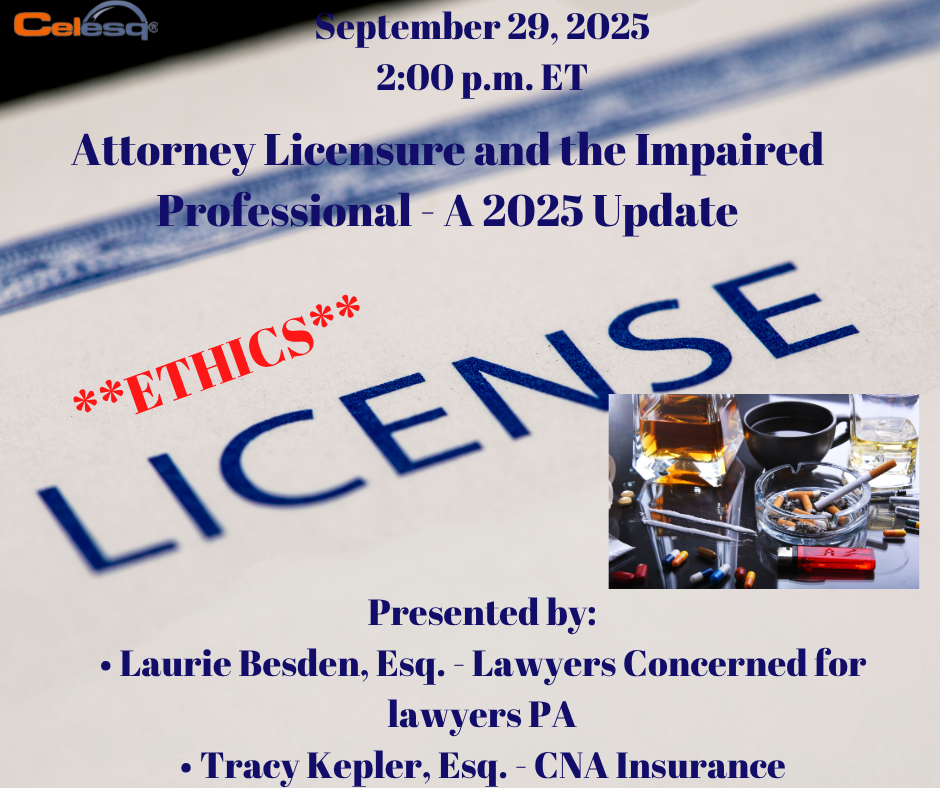
Exciting new series on “Voice, Body and Movement for Lawyers – How to connect with the jury and find Justice Through Dramatic Technique!”
Click here to find out more
Nowhere is the gap between technology and regulation more pronounced than in AI. For lawyers, this often means navigating ethical risks without clear guidance. But staying current with AI tools isn't just useful—it’s a professional obligation. Understanding how AI intersects with legal ethics is essential, but recognizing risks like bias, opacity, or overreliance is not the same as knowing how to navigate them in practice.
This program, jointly presented by a lawyer and a software engineer, moves beyond theory to focus on practical solutions. It demystifies the processes behind AI and connects those mechanics directly to lawyers’ ethical duties, offering concrete strategies for responsible use.
By the end of the session, participants will be able to:
1. Understand the origin of potential ethical hazards in an AI tool
2. Identify potential ethical hazards in the use of AI in a law practice (applying Model Rules 1.1, 1.4[b], 1.5[a], 1.6[c], 5.1, 5.2, 5.4)
3. Evaluate risk mitigation strategies

This program will cover the sources from which practitioners can gather documents, witnesses, and ot...

In addition to the fears about Opening Statements and Closing Arguments that lawyers know about &nda...

This session focuses on the critical elements of drafting comprehensive operating agreements for LLC...

As lawyers it’s easy to get myopic and wrapped up in the chaos, mechanics and technicalities o...

Substance use disorders and mental health challenges can affect any attorney regardless of gender, c...

This presentation explores the common causes of shareholder disputes, such as disagreements over com...

This presentation addresses the unique challenges of shareholder disputes in small businesses, often...

Are you as knowledgeable in the Fair Lending regulations? Do you know how they pertain to your role ...

Session 1 of 10 - Session 1 of 10 - Mr. Kornblum, a highly experienced trial and litigation law...

This program will cover how to prepare an effective letter tendering defense and indemnity of an add...